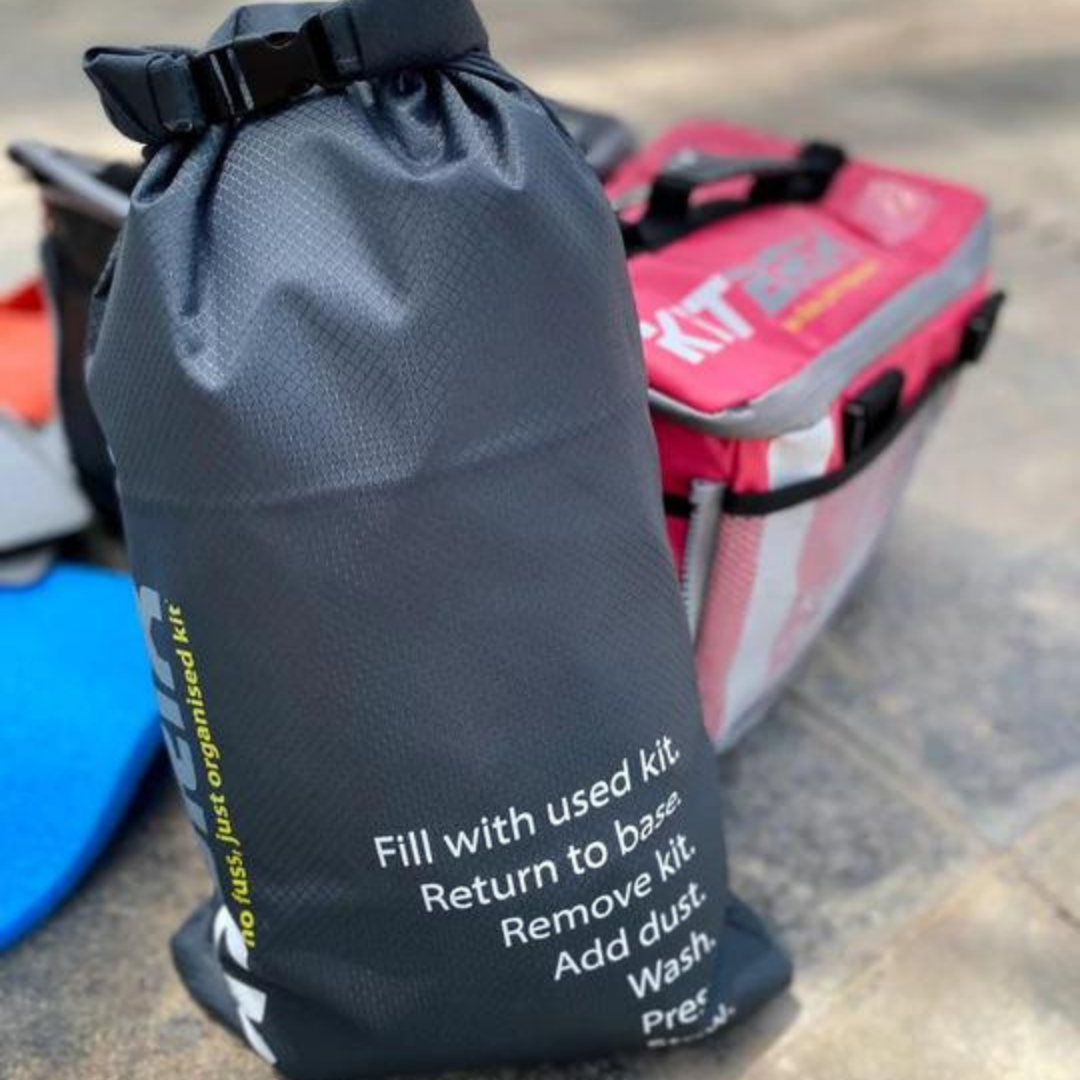
Summers is almost drawing to a close, but this last-minute sunshine seems to have other plans! What better time to gently cruise into the calm waters of Paddle Boarding? All those questions you always wanted to ask, we’ve got the answers right here.
Before you grab your board and your paddle, we’ve narrowed down all the most frequently asked questions from those keen to get out on the water and have a go.
What is Paddle Boarding?
Originating from the tropical paradise of Waikiki Beach, Hawaii, Paddle Boarding was born in the 1960s when the beach natives would stand on their longboards for a better view of the incoming waves.
Paddle Boarding is a popular watersport performed on open waters including oceans, lakes and rivers. The objective is laying, kneeling or standing on your board, using your arms or a paddle to move along the water surface. Stand Up Paddleboarding, or SUP, has only really been around for the past decade, and with the ease of participating in the sport on local waters, it’s growing increasingly popular each year.
Is Paddle Boarding Difficult?
Paddle Boarding is as easy as balancing. Literally. Learning to balance on the board is the most difficult part of it. This sport is loved and cherished by people of all ages and skill levels, with water sports clubs offering so many crash courses in Paddle Boarding to get you up to speed. Seriously, check out your local club and you’ll be out on the water in no time.
Is Paddle Boarding Harder Than Kayaking?
Naturally, Paddle Boarding is a little harder than Kayaking - this is pretty much down to the fact that you’re sitting down when you’re Kayaking. Standing on a Paddle Board takes a little more core strength and will promote faster fatigue, and some possible cramping. But don’t let that put you off. Paddle Boarding is a full-body workout with some huge health benefits, there’s no impact compared to running, and Paddle Boarding will massively improve your cardio fitness, balance and flexibility. Win!
What should I wear Paddle Boarding?
Down to the nitty-gritty, what are you supposed to wear? Let’s start from the top down …
- A quick-dry t-shirt: This is a really lightweight top that won’t hold on to much water if you’re in and out of the big blue a lot.
- Quick-drying shorts or swimming shorts: Again, avoid clothes that will become heavy after contact with water. Throw on your swimming trunks/costume or grab a quick-dry pair of shorts.
- A towel or dry robe for afterwards: Keep yourself dry and warm after a stint in the water with a KitBrix Poncho. Keep dry and change comfortably.
Overall, what you wear out on the water is your choice, and best practice is whatever you feel comfortable in.
Do You Wear Shoes for Paddle Boarding?
A lot of people choose to Paddle Board barefoot, but it’s best to think about your environment before you make a decision. Neoprene shoes or wetsuit boots are handy kicks that will keep your feet warm in cold water, and they’re especially handy for shallower waters, like rivers, to prevent any injuries from sharp rocks that you won’t see from above!
What equipment do you need for Paddle Boarding?
First things first, fill up your KitBrix with everything you’re going to need for a day of Paddle Boarding. Your KitBrix is your best bet at keeping your stuff organised, as well as keeping your wet gear and your dry gear apart in its purpose-built compartments. And while you’re at it, fit the occasion with an interchangeable icon! Here are a few things you’re definitely going to need …
Board - Naturally, the first thing you’re going to need is a paddleboard. A few things to consider when choosing your board are the hull type, a solid or inflatable board, the length, width and thickness. These deciding factors will benefit your session and skill set, so choose wisely!
Paddle - Lets split these paddles into 3 types: Surf Paddles, Flatwater Paddles, Racing Paddles. Each type is best for use in different situations. Surf for the ocean, Flatwater for bodies of water without waves, such as lakes and rivers, and Racing for less casual and more competitive sessions.
Leash - A really important piece of equipment. This will tether you to the board, to ensure that you’re not largely separated from the board in case you fall off.
Personal Floatation Device - While Paddle Boards are classed as floatation devices, this doesn’t mean you won’t need a personal floatation device too. Think about a life vest or buoyancy aid to add a layer of safety to your Paddle Boarding trip. Opt for one with a good range of movement to help you paddle and move freely.
Rescue Whistle - Be heard when you’re out on the water with a rescue whistle. Anything can happen, even to the strongest of Paddleboarders, so remember to think smart and be safe at all times.

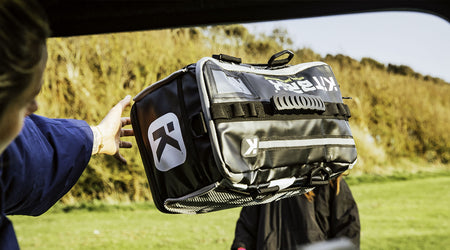
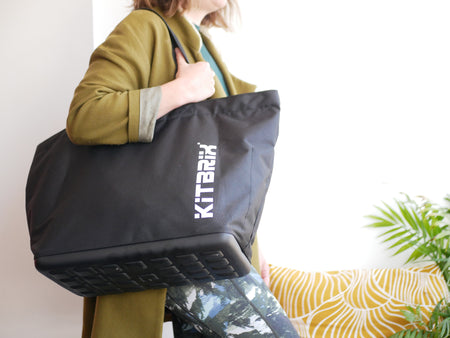
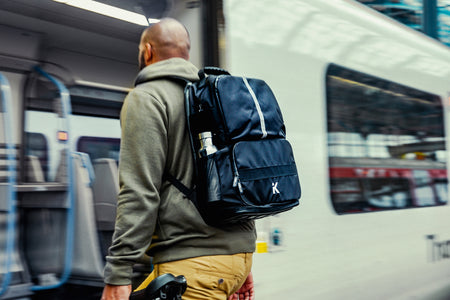
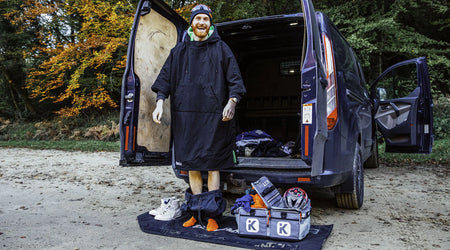
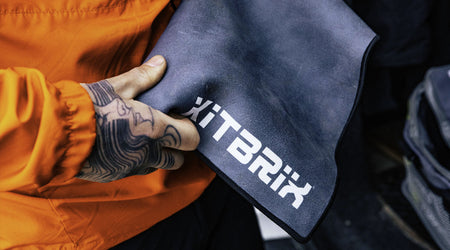
0 comments